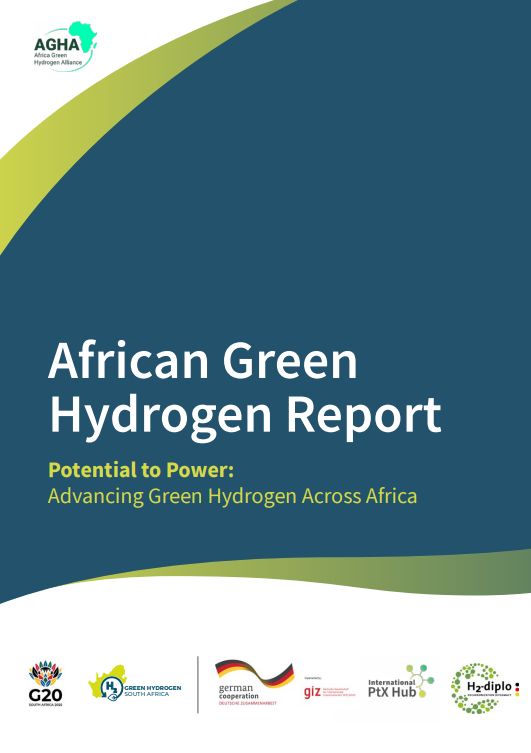African Green Hydrogen Report

African Green Hydrogen Report, published by GIZ, is available via this link.
✅ Some key takeaways
📌 Export Potential:
- Several African countries are developing ambitious green hydrogen export strategies aimed at European and Asian markets.
- Tunisia, Namibia, Morocco, Egypt, and South Africa aim to have annual exports of more than 20 million tons of green hydrogen equivalent by 2050.
📌 Policy and regulation:
- By February 2025, eight African countries – Algeria, Egypt, Kenya, Mauritania, Morocco, Namibia, South Africa and Tunisia – have adopted hydrogen strategies and/or roadmaps.
- Main challenge is a lack of the required comprehensive regulatory frameworks to translate these strategies into action.
📌 Financing projects:
- Almost 80% of the public funding for GH2 projects in Africa came from Europe, with Germany accounting for 13% of total funding.
- Only a small fraction of announced large-scale African hydrogen projects have reached final investment decisions.
📌 Sustainability considerations:
- Electricity and water sustainability are key concerns for green hydrogen projects, particularly in arid regions.
- As environmental standards evolve, emerging certification schemes demand strict water use, land access, and emissions compliance.
